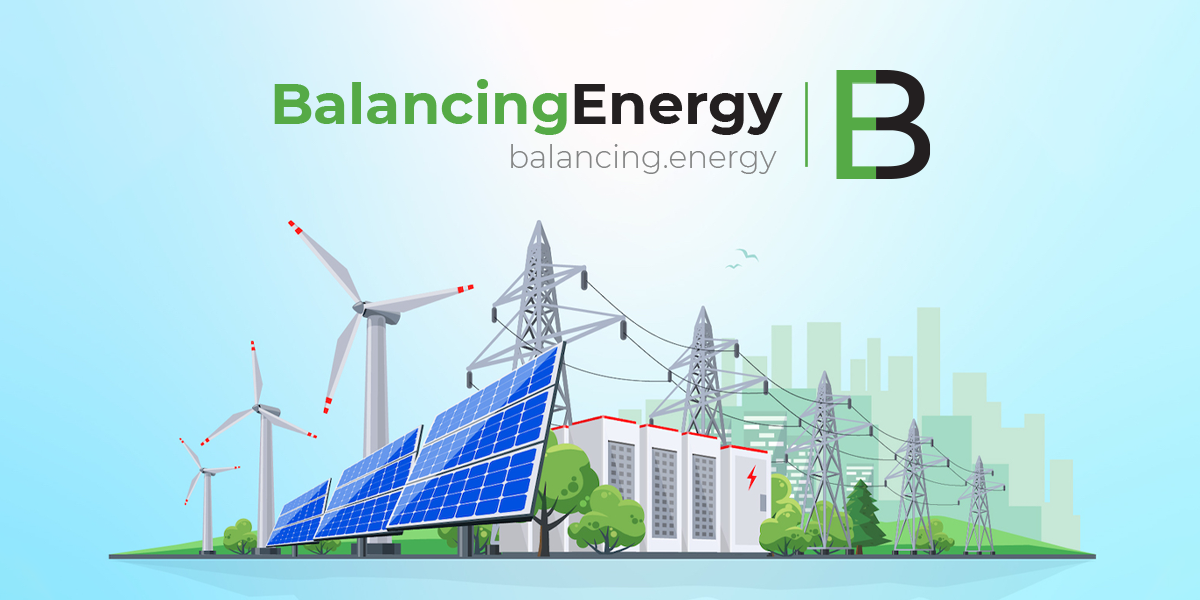In construction projects financed by banks and lenders, the engagement of an Owner’s Engineer plays a crucial role in ensuring the successful execution and risk management. Owners.engineer explores the significance of Owner’s Engineer services from the perspective of banks and lenders. We will discuss the responsibilities of an Owner’s Engineer, their contribution to project assessment and monitoring, and the benefits they provide to lenders in construction projects.
1. Understanding the Owner’s Engineer Role:
An Owner’s Engineer, also known as a Lender’s Engineer, represents the interests of banks and lenders throughout the construction project lifecycle. Their primary objective is to assess and monitor the project to minimize risks and maximize the likelihood of successful project completion.
2. Project Assessment:
a. Feasibility Studies:
– An Owner’s Engineer conducts feasibility studies to evaluate the viability of the construction project, assessing technical, financial, and environmental aspects.
– The results of these studies provide banks and lenders with valuable insights into the project’s potential risks and rewards.
b. Technical Due Diligence:
– As part of the due diligence process, the Owner’s Engineer reviews project documents, designs, and specifications to ensure they comply with industry standards and best practices.
– They assess key factors such as engineering plans, construction schedules, and costs to identify potential technical challenges or discrepancies that may affect project timelines or budgets.
3. Project Monitoring:
a. Construction Oversight:
– Throughout the project, the Owner’s Engineer monitors the progress, quality, and performance of the construction activities.
– They verify that the project is executed in accordance with approved plans, specifications, and contractual obligations.
– Regular site visits, inspections, and audits enable the Owner’s Engineer to identify and address any deviations or non-compliance promptly.
b. Cost Control:
– The Owner’s Engineer ensures that project costs remain within the approved budgets by reviewing and assessing variation orders and change requests submitted by the contractor.
– They also validate the accuracy of invoices and payment certificates, safeguarding the lender’s interests.
c. Risk Management:
– The Owner’s Engineer actively identifies and assesses project risks, including those related to construction, safety, and environmental impacts.
– They propose risk mitigation strategies and monitor their implementation to reduce potential financial, reputational, and legal risks for the lender.
4. Benefits to Banks and Lenders:
a. Enhanced Project Oversight:
– With an Owner’s Engineer on board, banks and lenders have an independent expert overseeing the project on their behalf.
– This provides them with comprehensive and unbiased information about the project’s progress, risks, and compliance, enabling them to make informed decisions.
b. Risk Mitigation:
– The involvement of an Owner’s Engineer helps banks and lenders identify and manage risks proactively.
– They provide expert advice and recommendations to prevent or mitigate potential project delays, cost overruns, or technical issues.
c. Protecting the Lender’s Investment:
– By ensuring compliance with contract requirements, quality standards, and applicable regulations, the Owner’s Engineer safeguards the lender’s investment.
– The expertise of the Owner’s Engineer helps minimize the chances of project failures or disputes that could negatively impact the lender’s financial interests.
In construction projects financed by banks and lenders, the role of an Owner’s Engineer is paramount. Their involvement in the project assessment and monitoring processes significantly contributes to risk mitigation, cost control, and enhanced oversight. By engaging an experienced and independent Owner’s Engineer, banks and lenders can protect their investments, make informed decisions, and increase the likelihood of successful project outcomes.
www.owners.engineer










